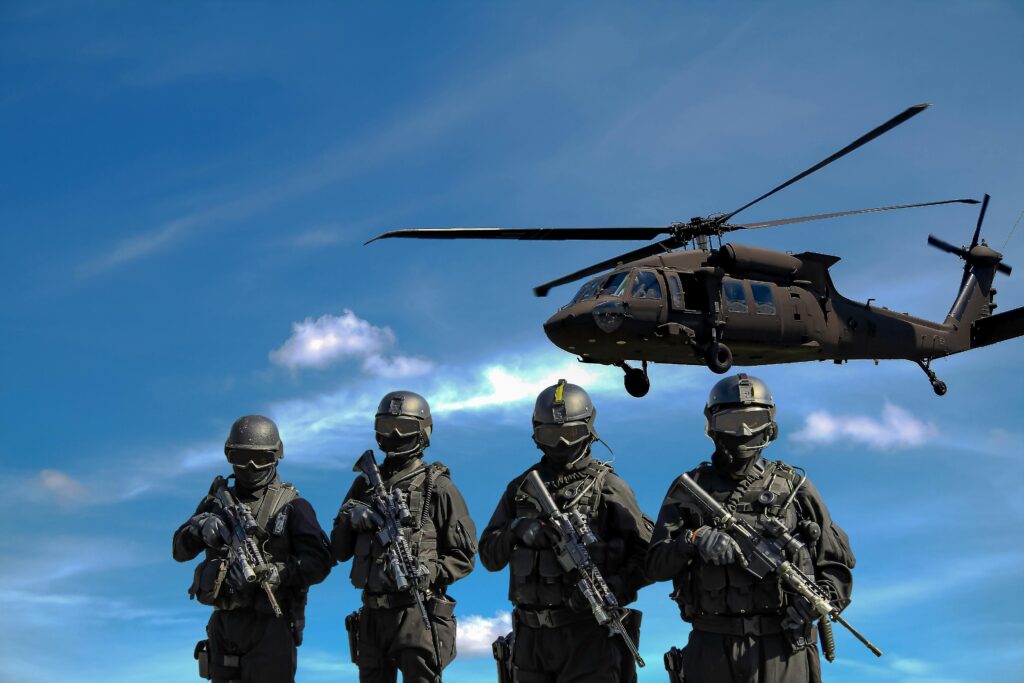Traditional peacekeeping efforts, while noble in intention, have often fallen short in addressing such crises effectively. The United Nations, for example, has long been seen as the world’s principal body for maintaining peace and security. Yet, its mechanisms are frequently hampered by the political interests of its most powerful member states. The Security Council, in particular, has become a stage for geopolitical rivalries, where resolutions are vetoed, and urgent interventions are delayed. This paralysis is not merely theoretical; it has real-world consequences. In Syria, for instance, the inability to act decisively allowed the conflict to spiral into one of the worst humanitarian catastrophes of the 21st century. Similarly, in Ukraine, the absence of a robust and unified international response in the early stages of Russia’s aggression has led to prolonged suffering and devastation.

One of the greatest challenges of modern peacekeeping lies in the evolving nature of conflict itself. We will delve deeper into this subject later on in the book. For now, it suffices to say that wars are no longer confined to traditional battlefields or fought exclusively between nation-states. Non-state actors, including extremist groups and militias, have become central players in many conflicts, complicating efforts to broker peace. Hybrid warfare, which blends conventional tactics with cyber attacks and propaganda, has further blurred the lines, making it difficult to identify clear aggressors or enforce accountability. This complexity demands a level of adaptability and coordination that existing frameworks are ill-equipped to provide. The United Nations’ reliance on ad hoc coalitions and limited mandates has proven insufficient to manage these shifting dynamics, leaving vulnerable populations to bear the brunt of the consequences.
Read more in the book, The Global Peace Alliance
